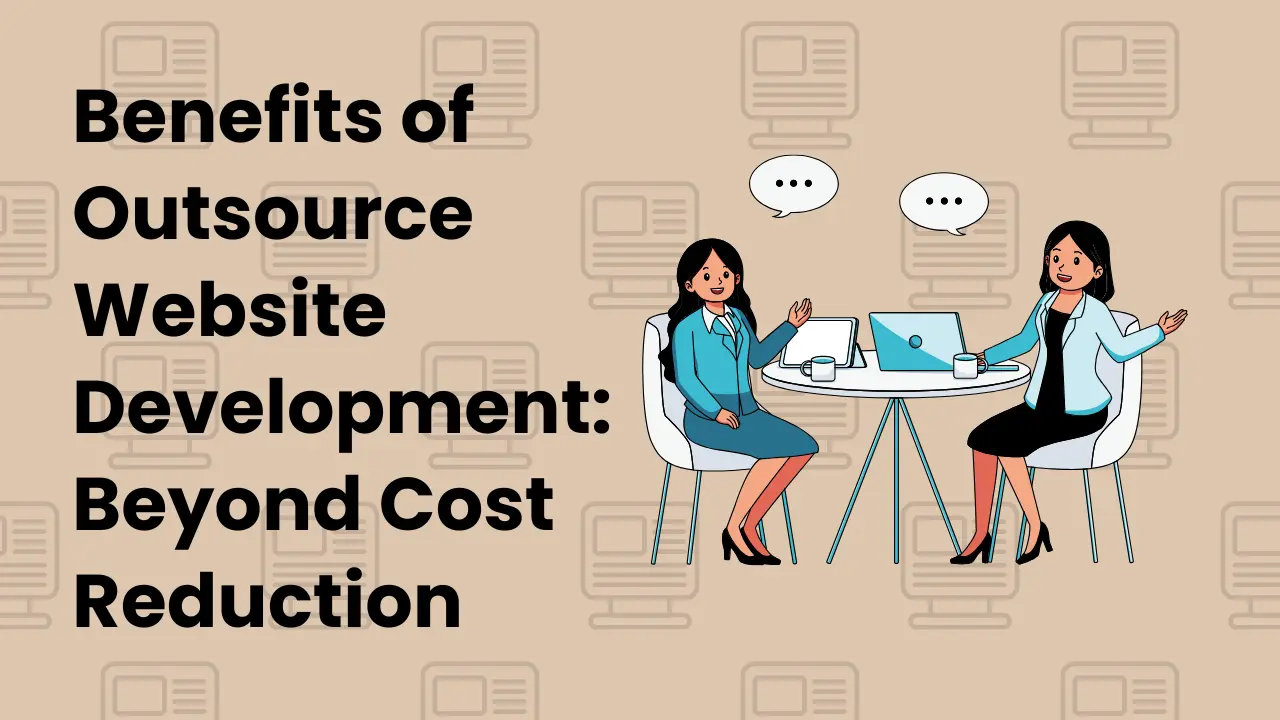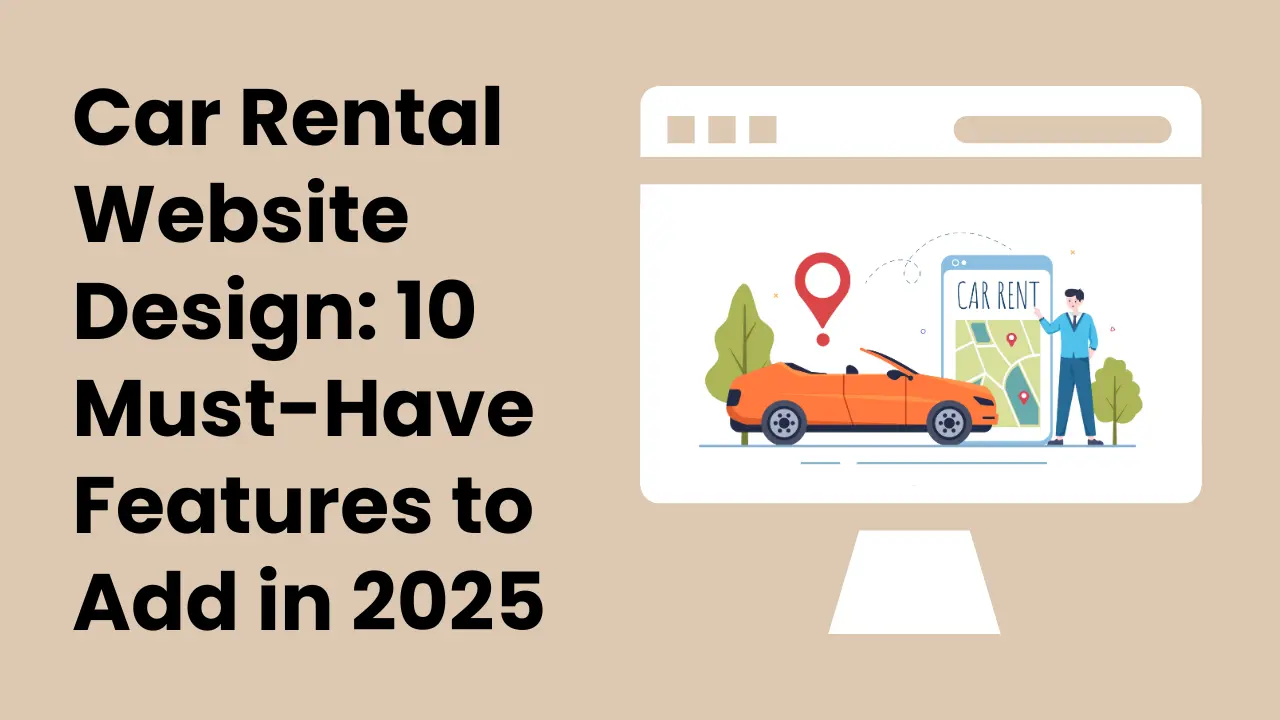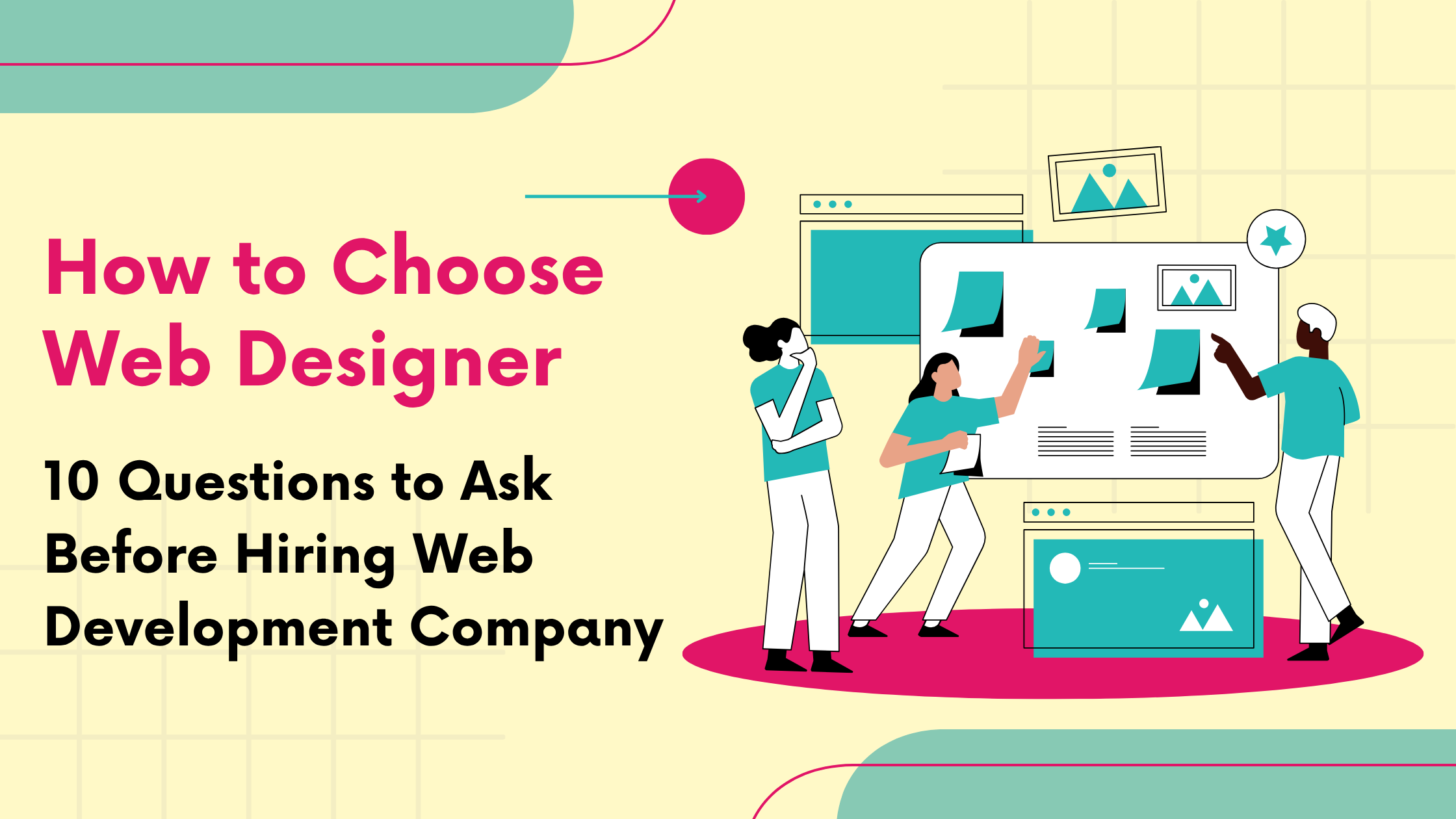Choosing the right Content Management System (CMS) is a critical decision for you if you want a successful website for your business. Whether you need a website for a personal blog, a corporate site, or an eCommerce business, the CMS you choose directly impacts performance, user experience, scalability, and future growth.
As we are in 2025, the digital landscape is changing rapidly. Choosing the CMS according to your business type, niche, target audience, and products or services is important for security, marketing, catering audience, representing the business, and effectively communicating your USP.
In this blog, we’ll discuss the best CMS for website development in 2025. Let’s examine their features, ideal use cases, and what makes them stand out in today’s competitive market. Whether you’re a business owner or a developer, this guide will help you make an informed choice for your next web project.
What Is a CMS?
CMSs are basically content management systems that make it easy for users to edit, update, and modify content on a website without having knowledge of code and technical skills.
CMSs are also used to build professional and advanced websites quickly for any type of business with the help of drag-and-drop editors, apps, and software with the option of creating custom websites or building with pre-designed templates.
Without taking too much of your time, let’s first check the best CMSs for website development in 2025.
Best CMS for Website Development in 2025
- WordPress
- Shopify
- Webflow
- Wix
- Joomla
- Drupal
- Magento (Adobe Commerce)
- Ghost
- Strapi (Headless CMS)
- Sanity.io (Modern Headless CMSs)
Let’s learn about each CMS in detail one by one.
#1 WordPress
WordPress is the most popular content management system (CMS) in the world. 43.4% of CMS based websites are using WordPress as their content management system, and there are more than 810 million websites.
Big companies like Salesforce, Samsung, Al Jazeera, Capgemini, Facebook, and many more are using WordPress.
- Massive community: Millions of users and developers offer support and resources.
- Plugins: Extend functionality (e.g., SEO, forms, security) with more than 70,000 plugins.
- Themes: Choose from over 30,000 pre-built themes, easy to design or customize.
- Flexibility: Use it for blogs, business sites, portfolios, or ecommerce.
#2 Shopify
Shopify is the most popular CMS for ecommerce website development. 30% of ecommerce websites are made on Shopify in the U.S., and if we talk about global scale Shopify holds 10.32% of the ecommerce platform market share.
There are 4,226,825 live websites using Shopify, according to BuiltWith data.
If you are looking for a content management platform for ecommerce website development, then Shopify is the best choice in 2025.
- eCommerce focus: Built specifically for online stores.
- Ease of use: Intuitive interface; no coding required.
- Scalability: Handles small shops to large-scale ecommerce businesses.
#3 Webflow
Webflow is growing strong as a website development platform to create modern, intuitive, and custom websites with no code. Webflow is used by 1.2% of CMS-based websites globally. Webflow has a community of more than 85,000 designers and developers.
Globally popular websites such as UpWork, TED, Discord, Spotify, and Dropbox are using Webflow as their CMS.
According to Webflow itself, around 15,000 websites are published with Webflow every hour.
- Design freedom: Full visual control over layout and animation.
- Visual development: Build sites using a drag-and-drop interface that generates clean code.
- Performance: Optimized for fast loading and SEO.
#4 Wix
Wix is another content management system or website builder platform used to create stunning-looking websites for any kind of business. Among all the content management systems, Wix has a market share of 3.7%, according to W3techs.
According to BuiltWith, around 12,189,911 websites globally use Wix. You can create ecommerce, blog, portfolio, scheduling, online course, and event websites with Wix.
- Drag-and-drop editor: Easy to design websites visually with no coding.
- Built-in SEO: Tools to help your site rank on search engines.
- AI features: Wix ADI builds websites automatically based on your input.
#5 Joomla
Joomla is the best CMS for multilingual website development in 2025. Joomla is used by 1.2% of all live websites on the internet. There are over 8000 extensions to extend Joomla website functionalities and features. 1000+ website design templates are available to create websites.
- Multilingual support: Built-in language options for 70 languages—no plugin needed.
- Flexibility: Create complex websites with custom features.
- Access control: Assign user roles and manage permissions easily.
#6 Drupal
More than 400,000 websites are built using Drupal. Among all the websites, 1.2% of them use Drupal as their content management platform. Drupal has a community of more than 10,000 Drupal experts.
- Security: Strong security features, trusted by governments.
- Scalability: Handles large and complex sites with high traffic.
- Content modeling: Build custom content structures and workflows.
#7 Magento (Adobe Commerce)
Magento is one of the popular CMSs for e-commerce website development by Adobe. Magento is best suited for large-scale or enterprise-level ecommerce businesses.
Magento is used by global brands like Coca-Cola and Nissan. It has a community of more than 480,667 Magento experts.
- Robust eCommerce features: Advanced inventory, product, and customer management.
- Scalability: Suitable for enterprise-level online stores with many products.
#8 Ghost
Ghost content management system is used by 47,000-plus live websites. This is another excellent platform to build and launch websites faster. It has hundreds of predesigned templates you can choose from.
- Speed: Lightweight and fast performance.
- Minimalism: Clean and simple UI focused on writing.
- Focused on publishing: Ideal for content creators and newsletters.
#9 Strapi (Headless CMS)
Strapi is the best headless content management system, which keeps the frontend and backend separate, so when you add or publish content, it will not directly affect website design.
With the evolving digital landscape, headless CMSs are becoming popular, and Strapi is one of the best for website development.
- Developer-friendly: Built for developers with full code control.
- API-first: Delivers content via REST or GraphQL APIs.
- Flexibility: Customize the backend to match any frontend or app.
#10 Sanity.io (Modern Headless CMSs)
Sanity.io is another good headless content management system for website development in 2025. This platform has a community of more than 100,000 experts.
Global brands like Nike, Figma, National Geographic, Sonos, Cloudflare, and Brex are using Sanity.io.
- API-first: Built for delivering content across websites, apps, and devices.
- Scalable: Grows with your content needs, suitable for enterprise use.
- Real-time collaboration: Teams can edit content together in real time.
Why are CMSs the best options for website development?
Content management systems have multiple advantages over static website development. Below are the most advantageous benefits of CMS website development.
#1 Cost Saving
For the aspiring entrepreneurs or business owners who want their own website with budget constraints, choosing CMS for website development is a cheaper option than getting it built from scratch.
#2 Faster Process
To build a website using CMS takes less time compared to building it from scratch with plain editors. If you want a website quickly, then choose CMS-based website development.
#3 Easy Content Management
As a business owner, sometimes you or your team needs to update content, whether it is images, graphics, or a single text line on your website. If a website is made statically, it’s difficult to update content, and even more often you need help from developers, whereas CMS-built websites are easy to update even with zero technical knowledge and coding skills.
#4 Scalable
CMS-based websites are easily scalable; you can even turn a blog website into a full e-commerce website, entirely change the website design and layout, or add additional features and functionalities with the help of apps and plugins.
#5 SEO Friendly
Almost all CMSs come with search engine optimization or come with plugins that make it easy to optimize your websites for search engines with few settings, even if you yourself implement the changes according to best SEO practices.
Whereas for static websites, you always need help from SEO experts along with developers to implement any changes.
Key Factors to Consider Before Choosing a CMS
- Ease of use and learning curve
- Customization and flexibility
- SEO and mobile responsiveness
- Scalability and performance
- Security and updates
- Integration with third-party tools and AI features
- Community support and documentation
After reading this article, you can choose the best CMS according to your needs. If you still need guidance or a free consultation, you can book an appointment with our experts.
About the author
Popular Posts

Benefits of Outsource Website Development: Beyond Cost Reduction
May 1, 2025- 5 Min Read




